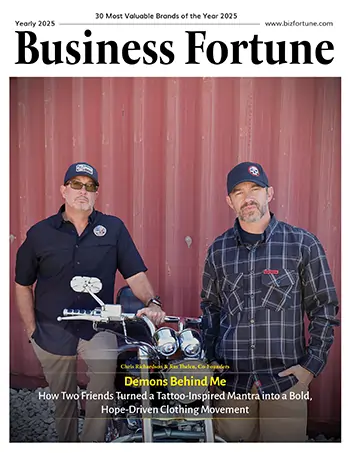Home Innovation 3D Printing UW Researchers 3D-Print Coffee...
UW Researchers 3D-Print Coffee Grounds to Create Biodegradable Packaging
3D Printing

Business Fortune
19 Febuary, 2025
A UW team has created a sustainable 3D printing material using mycelium and coffee grounds, providing a greener substitute for plastic packaging.
A coffee bean's water solubility is just 30%, and several brewing techniques try to extract much less. As a result, almost 1.1 billion pounds of coffee grounds are discarded from filters into trash cans and compost bins out of the 1.6 billion pounds of coffee Americans drink annually.
Danli Luo, a doctorate student in human-centered design and engineering at the University of Washington, recognized an opportunity while observing the grounds from her own espresso machine build up. Coffee is perfect for growing fungus because it is nutrient-rich and sterilized during brewing, forming a "mycelial skin" before the fungus develops into mushrooms. This epidermis, which functions as a kind of white root system, has the ability to hold loose materials together to form a strong, lightweight, water-resistant structure.
Luo and a team from UW created a novel method for converting coffee grounds into a paste that they can use to 3D print items like miniature statues, packaging materials, and bits of vases. Reishi mushroom spores are added to the paste, and they develop on the items to create that mycelial skin. Even when the coffee grinds are shaped into intricate patterns, the skin transforms them into a robust, completely biodegradable substitute for plastics. The mycelium creates complex patterns by combining components that were printed independently to create a single thing.
According to senior author Luo, they are particularly interested in developing methods for individuals such as small company owners that manufacture small-batch goods, such as fragile, tiny glassware that requires sturdy shipping packing. Therefore, they have been developing new material formulations that can be readily adapted for small-scale production and can substitute more sustainable materials for items like Styrofoam.


































